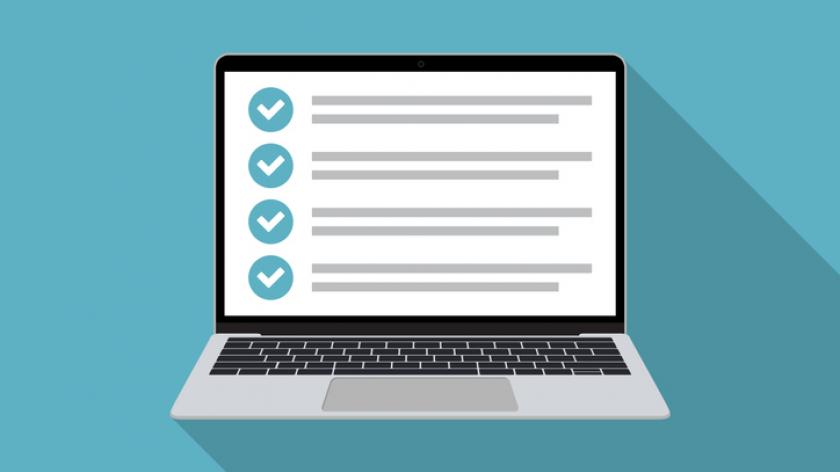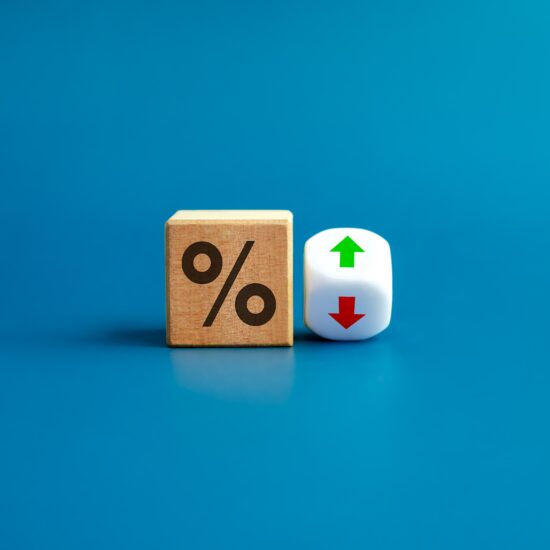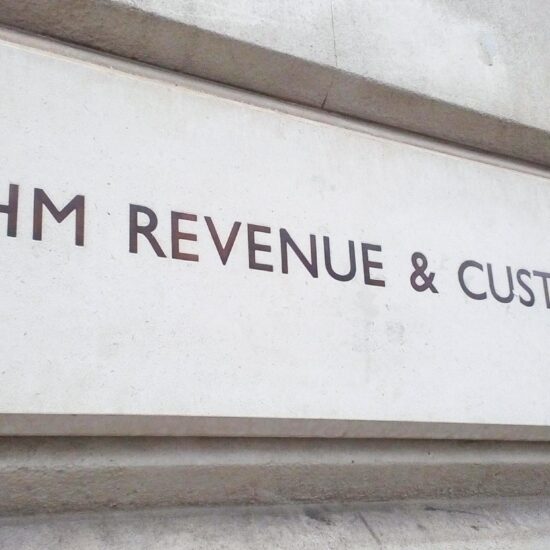HMRC launches VAT repayment information portal
by Rickie Lowery – Tax writer, Rickie Writes Tax
HMRC has introduced two new interactive online forms to help taxpayers reply to information requests following a VAT repayment claim.
VAT repayments
Where a taxpayer is due a repayment of tax, HMRC will, from time to time, carry out further checks to ensure everything is as it should be.
For VAT, these checks tend to be triggered following either an unexpected or a particularly large refund.
For example, a fish and chip shop that goes from paying thousands in VAT each quarter to suddenly being owed a sizeable refund may be called upon to explain that they recently closed their shop and replaced all their equipment.
HMRC aims to write to any such taxpayers within 30 days to request further information, and until recently a reply could only be sent via post or email. If the latter method is chosen, HMRC takes no responsibility for any data intercepted by third parties. Many taxpayers will have therefore opted for the ‘safer’ postal route, which meant delays in transit and hold-ups in processing on HMRC’s side.
Digital age
To encourage digital responses and speed up the process overall, HMRC has launched a new method for supplying further information on VAT repayments via an online portal. As soon as the taxpayer receives a letter from HMRC containing a reference in the format CFSS-1234567, they can log into their HMRC VAT account and provide further details electronically.
Thankfully, agents have access to the same screens as the taxpayer here, so the information can be supplied by the accountant using their VAT agent account login.
The stated turnaround of this new method is seven working days, after which you can call HMRC for an update. The portal has only been live since early November and so it remains to be seen if this timeframe will be met (and how long the wait on hold will be when it isn’t!).
My experience of the VAT teams at HMRC is that they tend to reply quickly to electronic communication methods, especially compared to the other departments, so I remain (possibly naively) hopeful that this will speed the process up overall.
Information needed
HMRC states that as a minimum they will need:
- the taxpayer’s VAT number
- the CFSS reference
- details of the main business activity undertaken
- the trade commencement date
- the VAT rates applicable to the sales
- details of any VAT schemes used
- a copy of the detailed VAT account
- details of the five highest purchase invoices.
On a case-by-case basis they may also need:
- bank statements
- export/import documents
- hire purchase or lease agreements
- completion statements
- planning references for construction sites
- invoices where a non-standard rate of VAT was charged
If HMRC requires further documents following the initial reply by the taxpayer, it is not clear whether these can again be provided via the portal, either using the existing CFSS reference or a new one. If in doubt, sending too much information is generally better than sending too little, at least as far as minimising back and forth is concerned.
Target audience
The page linked above states that the form can only be used if the taxpayer has:
- claimed a refund on their first return
- received a letter from HMRC stating they are checking the figures.
I read this as an either/or statement. However, having just done a quick dummy run on the portal, if you cannot provide a CFSS number you cannot progress further than a couple of screens, so seemingly the page can’t be used for the first scenario.
However, the HMRC stakeholder digest dated 10 November 2022 includes a link to a Google form (under the heading ‘New G-form available for VAT First Period Repayment Claims (FRPS)’) which can be used to provide information in these circumstances. It appears that the taxpayer will still need to wait for HMRC to contact them first, however, so no trying to pre-empt the process.
The future
Anything that allows a taxpayer or agent to reply to HMRC more quickly is a positive step. Hopefully in the future, HMRC will make this less one-sided and start to make better use of electronic methods of contacting taxpayers or agents via the individual VAT accounts, rather than sending information requests and similar by post.







